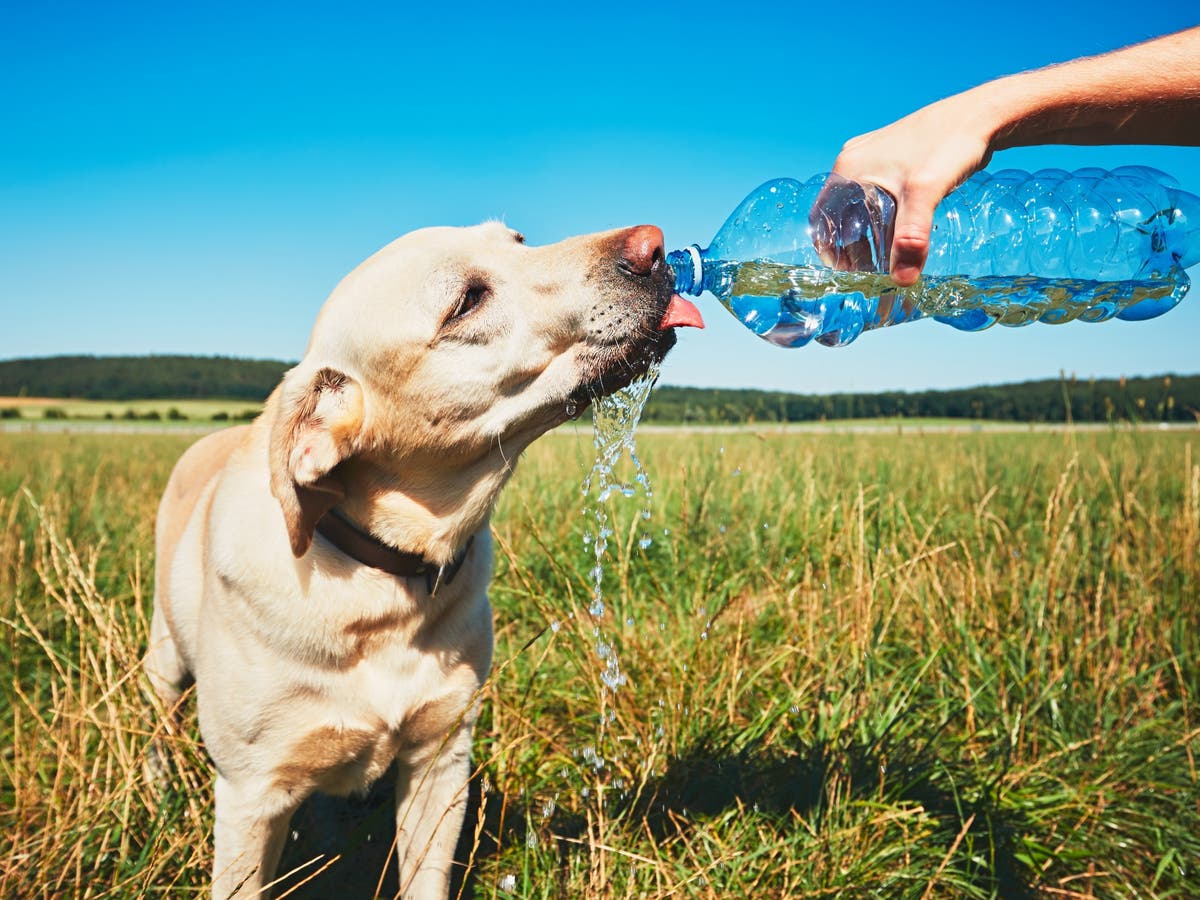
As spring approaches, you might be considering a trip abroad (and plan to bring your dog with you).
Or perhaps you’re soon to adopt a pooch from an animal shelter in another country and have the beauty flown over.
Both of these are excellent ideas, but it’s important to be vigilant when you’re taking your dog out of its natural environment.
Protect the animal’s health from dangerous diseases, such as leishmaniasis – a tropical disease that can affect both humans and dogs, and claimed the life of a Shih Tzu in the UK recently.
It’s believed that the pup caught the parasite from another dog that he lived with, who had been brought over from Spain, and sadly died shortly after.
Paula Boyden, veterinary director at Dogs Trust, tells Metro.co.uk that the biggest challenge with this type of non-endemic disease is that the signs aren’t specific – and that it can have a ‘long incubation period’.
It can be many months or even years from the point of infection to the point of clinical signs and diagnosis.
‘A big challenge with leishmaniasis is that we don’t expect to see it in the UK,’ said Paula.
Parrots, according to the Humane Society of the United States (HSUS), are the nation’s fourth most popular pet; according to a 2012 survey conducted by the American Veterinary Medical Association (AVMA), 3.1 percent of U.S. households owned birds. Some parrots can scream as loud as an ambulance siren. These birds are beautiful, but they’re difficult to care for and require lots of space, so the HSUS doesn’t recommend keeping them as pets at all.
‘It’s the sand fly that transmits the disease and we don’t have the sand fly here, which is why it’s so unusual to have a dog that hasn’t travelled to be diagnosed with leishmania.
‘There are two ways that this might happen; it has either gone from dog to dog via a bite or a wound, or has the disease actually adapted to a different vector?
‘We can’t say for sure, but it causes great concern that we now have a second case of dog to dog transmission, where the recipient dog hasn’t left the country.
‘The disease can have a long incubation period and it can be years before it will rear its head.
‘Signs are very variable – it’s not an a + b equals c sitaution. It could manifest itself in the skin or be a systemic sign, where the organs are affected.’

However, while it’s difficult to identify exact signs, there are preventative measures that dog owners can take, especially if travelling or importing animals from overseas.
‘A lot of countries in mainland Europe have issues with stray dogs,’ said Paula.
‘As secretariat of the EU Dog & Cat Alliance, we are working towards the day where international rehoming is no longer necessary, but if you are going to adopt or rescue a dog from another country, please do so safely.
Alternate Their Toys to Keep Their Interest. Just like us dogs get bored with new stuff after awhile, and this includes their toys. Keep their interest by alternating their access to them. Once your dog hasn’t seen their blue ball in a month they’ll have a brand new appreciation for it the next time it makes an appearance.
‘By being safe, we advise moving the dog to a country of similar disease status or at the very least, check the animal’s health status before you bring him or her over (and test for these so-called non-endemic disases) so that you know what you’re dealing with.’
Unfortunately, leishmaniasis isn’t curable and dogs who are diagnosed will likely rely on medication for the rest of their lives.
‘It’s about managing the situation, it tends to be lifelong medication to manage the individual dog – but medication isn’t going to resolve the issue.
READ ALSO:
Dog Safety During Blizzard Conditions
‘As a vet, if a dog does not have a history of having travelled, this disease wouldn’t necessarily be on your checklist in the first instance.
‘If you are taking your pet abroad, speak to your vet to take appropriate preventative measures. While we are all aware of the pet travel scheme, this is primarily about human health.
‘We have the mandatory pet travel scheme so that you and I don’t get diseases that transfer between humans and dogs, but there are other diseases that affect dogs travelling outside of the UK, including tick-transmitted diseases and mosquito-transmitted heartworm.
Get Rid of Skunk Smell with Hydrogen Peroxide & Baking Soda. Did your dog get skunked? You can get rid of that nasty skunk smell from your dog using some soap, peroxide & baking soda.
‘Some breeds such as the Ibizan Hound have a natural immunity towards leishmaniasis. However, we have a naive population of dogs in the UK. That lack of inherent immunity in UK dogs is a concern as to the severity of signs we may encounter.’
If you’re concerned about your dog, the best thing to do is to chat to your vet or take him/her for a check-up.
Better to be safe than sorry – take care of your best friend.














